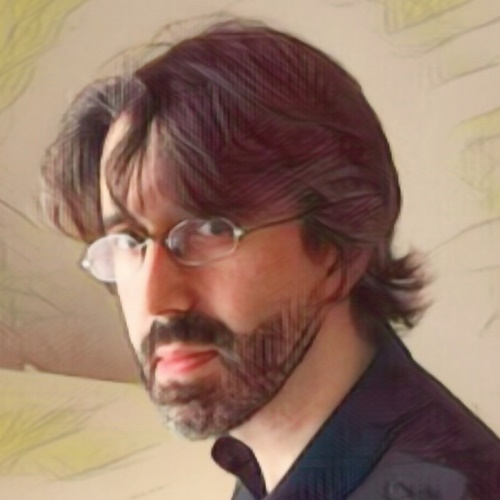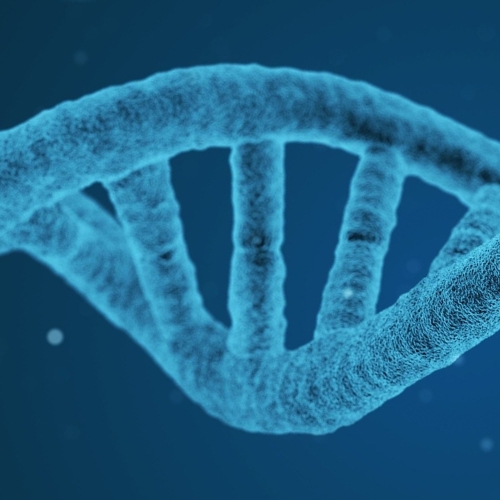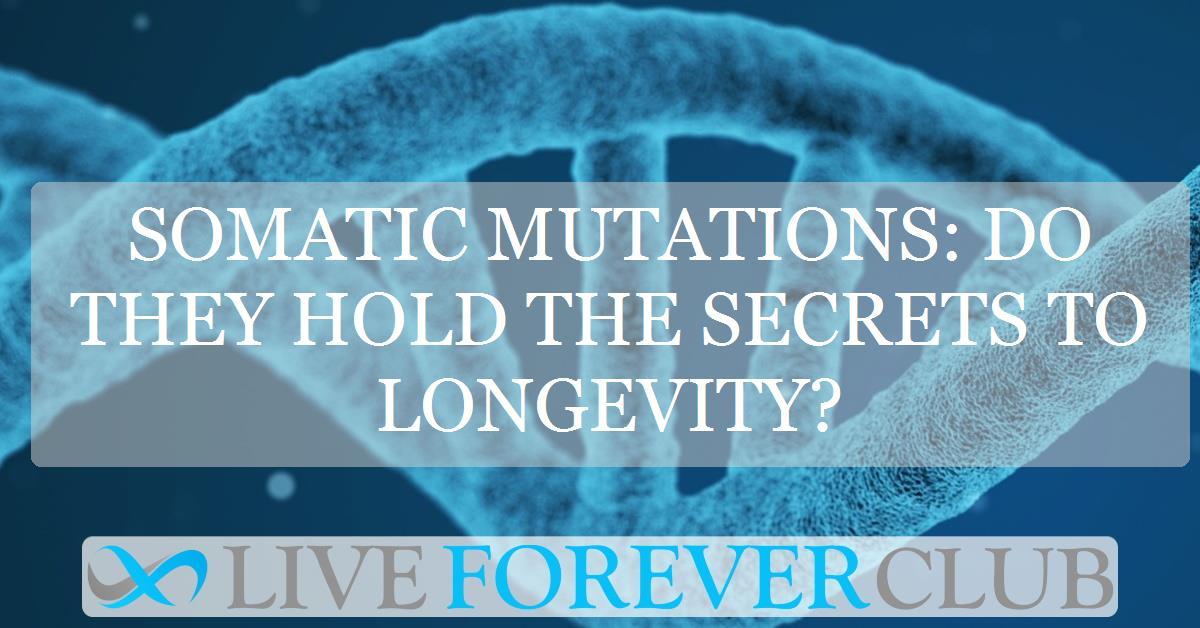As we journey through life, our cells are silently painting a complex picture of our aging process, stroke by stroke, in a palette dominated by somatic mutations. These are changes in our DNA that occur after conception, differing from the genetic code we inherit from our parents.
Unlike the genetic mutations that have long been associated with diseases like cancer, the role of somatic mutations in the broader canvas of aging has remained a mystery, shrouded in the complexities of our biology.
Recent advances in DNA sequencing technologies are now pulling back this curtain, offering new insights into how these genetic variations influence human aging.
DNA's role in our golden years
Our DNA is often likened to a blueprint for life, dictating everything from our eye color to our susceptibility to certain diseases. It's no surprise, then, that alterations to this blueprint – particularly the accumulation of DNA damage and mutations – have been suspects in the case of human aging. This hypothesis isn't new; it dates back to the 1950s.
However, it's only recently, with the advent of sophisticated DNA sequencing technologies, that scientists have begun to understand the scale and implications of somatic mutations in aging tissues.
Somatic mutations
Somatic mutations are changes in the DNA that occur within any cell of the body after conception, but they exclude reproductive cells (sperm and egg). These mutations arise from a range of factors, including errors during DNA replication, exposure to environmental mutagens like radiation or chemicals, and even the natural aging process.
Unlike germline mutations, somatic mutations cannot be passed down from parent to child. While most somatic mutations are harmless, some can disrupt important genes that control cell growth and division. When this happens, it has the potential to contribute to diseases like cancer. Scientists research somatic mutations extensively to understand the mechanisms behind cancer development and to find new, targeted treatment options.
Cancer, ageing, and somatic mutations
The nature of somatic mutations is inherently stochastic, meaning that they occur by chance, without a predetermined direction. This randomness is a double-edged sword.
On one side, it can lead to diversity and resilience within our cellular populations. On the other, it harbors the potential for disorder and disease.
The mutations that occur can range widely in their impact, from those that are effectively silent, leaving no discernible mark on the cell's function, to those that can trigger a cascade leading to cancerous growths. This vast spectrum of outcomes highlights the intricate interplay between genetics and the environment in shaping our biological destiny.
One of the most fascinating aspects of these mutations is their ubiquity across both dividing and non-dividing cells. In actively dividing tissues, such as the lining of the gut or the skin, one might expect mutations to accumulate more rapidly due to the sheer number of cell divisions. However, even in tissues where cells rarely divide, such as the neurons of our brains, somatic mutations mark their presence.
This universal distribution of mutations across cell types underscores the fundamental role of DNA repair mechanisms in maintaining cellular integrity. As we age, the efficiency of these repair systems can decline, leading to an increase in the mutation burden our cells carry.
Adaptibility to somatic mutations
This steady accrual of somatic mutations throughout life begs the question: how does our body manage to maintain functionality in the face of such genetic upheaval? The answer lies in the remarkable adaptability and resilience of our cellular machinery.
Cells can often tolerate a significant load of mutations without succumbing to dysfunction, thanks to the robust networks of genes and proteins that govern cellular operations. Moreover, the body has evolved various checkpoints and safeguard mechanisms to detect and address potentially harmful mutations, although these systems themselves may become less effective with age.
Clues from across the animal kingdom
Comparative studies across species have provided fascinating clues to the puzzle of aging. Longer-lived animals tend to have lower rates of somatic mutations, suggesting a link between genetic stability and lifespan. However, this relationship is not straightforward.
It's thought that the lower mutation rates in these species may be an adaptation to reduce cancer risk, rather than a direct mechanism for extending lifespan. This insight challenges the notion that simply reducing somatic mutations could be a silver bullet for anti-aging therapies.
The quest to understand the role of somatic mutations in aging is far from over. With continuous advancements in genome sequencing and analysis, we stand on the brink of uncovering further secrets hidden within our cells. These future discoveries promise not only to deepen our understanding of the aging process but also to open new avenues for preventative strategies and treatments that could extend healthspan, the period of life spent in good health, rather than merely adding years to our lives.
Embracing the Complexity of Aging
As we peel back the layers of complexity in the aging process, one thing becomes clear: there is no single cause or cure for aging. Instead, aging emerges as a multifaceted phenomenon, influenced by a tapestry of genetic, environmental, and lifestyle factors. Somatic mutations are a critical piece of this puzzle, offering a window into the cellular processes that underpin aging and disease.
By continuing to explore this genetic frontier, we may one day learn not just to slow the march of time, but to navigate it with grace, living healthier, longer lives.
The study was carried out at European Molecular Biology Laboratory (EMBL) and Integrative Genomics of Ageing Group (Liverpool University) and led by João Pedro de Magalhães, published in Ageing Research Reviews.






